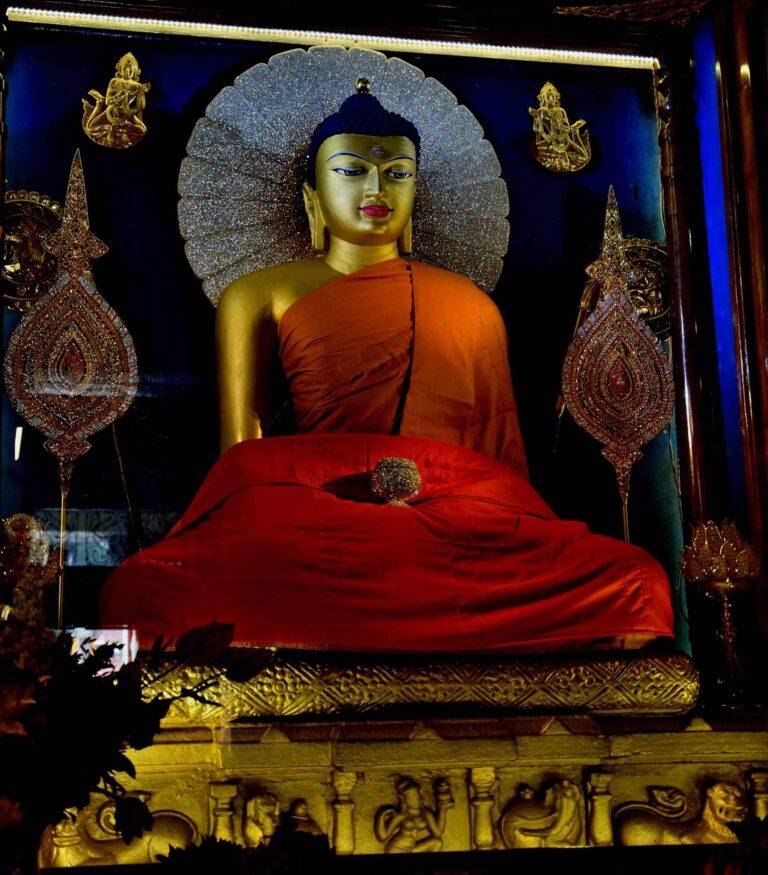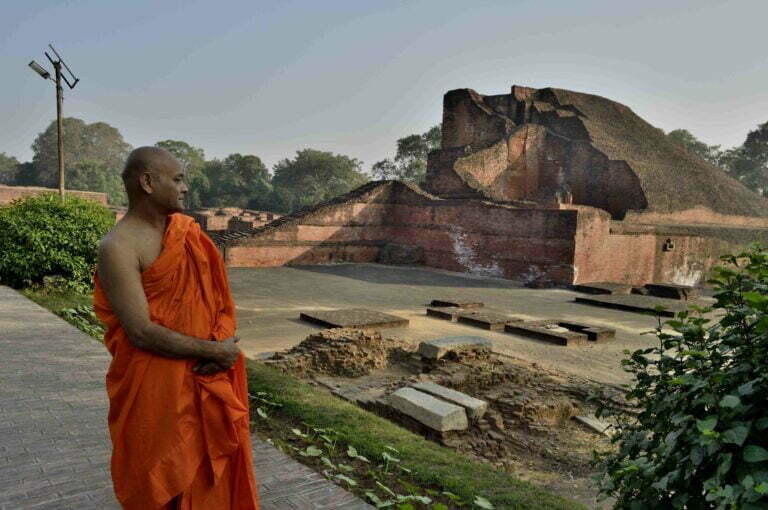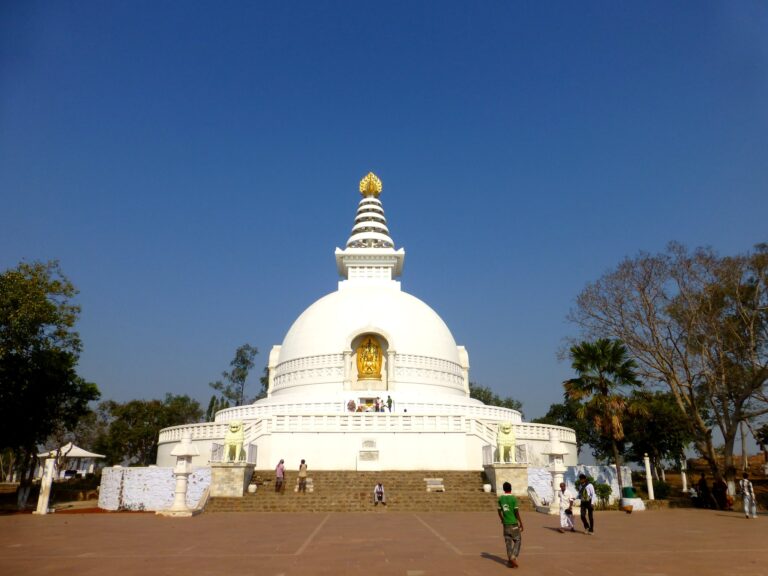Mahabodhi Temple Complex Bodhgaya

The Mahabodhi Temple Complex, located in Bodh Gaya, Bihar, India, stands as a testament to the profound spiritual journey of Siddhartha Gautama, who, under the Bodhi Tree, attained enlightenment and became the Buddha. This sacred pilgrimage site is one of the most revered in the Buddhist world, drawing millions of devotees and visitors each year. Believed to have been initially constructed by Emperor Ashoka in the 3rd century BCE, the Mahabodhi Temple Complex underwent subsequent modifications and renovations by various dynasties, including the Guptas and the Pala rulers. The temple’s architectural style reflects classical Indian design, characterized by a towering spire, intricate carvings, and a central tower that soars into the sky. The temple complex also includes a meditation garden, shrines, and a sacred pond, creating a serene environment conducive to contemplation. The Mahabodhi Temple Complex was inscribed as a UNESCO World Heritage Site in 2002, acknowledging its cultural and religious significance.

